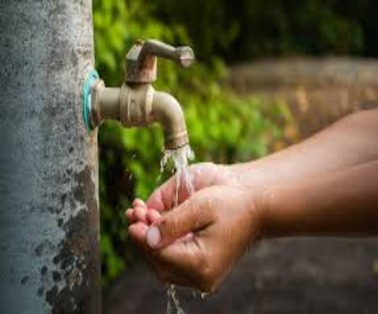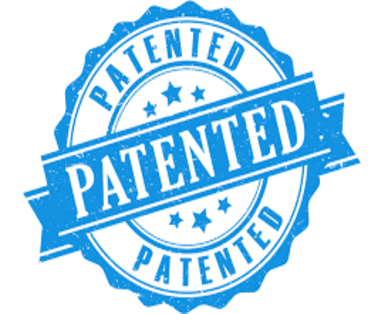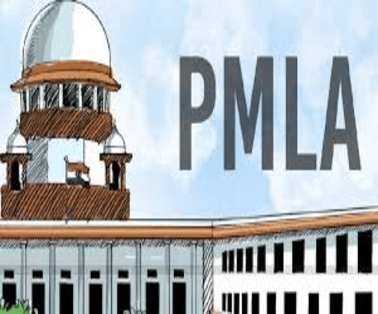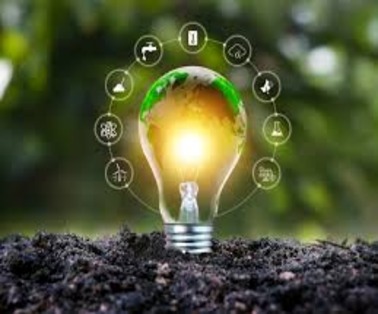The World Health Organization (WHO) in its study highlighted the potential impact of the Jal Jeevan Mission (JJM) including significant health and socio-economic benefits.
Key Points On Jal Jeevan Mission
- JJM has the potential to avert close to 4 lakh deaths from Diarrhoea. This highlights the life-saving impact of providing piped potable water to all households in India.
- JJM can help avoid approximately 14 million DALYs (Disability Adjusted Life Years) associated with diarrhoea and save around USD 101 billion and 66.6 million hours every day of time that would otherwise have been spent — predominantly by women — collecting water.
- A DALY represents the loss of the equivalent of one year of full health and are a way to account for the years of life lost due to premature mortality (YLLs) and the years lived with a disability (YLDs), due to prevalent cases of a disease or a health condition, in a population.
- The availability of piped water can contribute to gender equality by reducing the burden of water collection on women and providing them with more opportunities for education and employment.
Jal Jeevan Mission

Mission Of Jal Jeevan Mission
Jal Jeevan Mission is to assist, empower and facilitate:
- States/ UTs in planning of participatory rural water supply strategy for ensuring potable drinking water security on long-term basis to every rural household and public institution
- States/ UTs for creation of water supply infrastructure so that every rural household has Functional Tap Connection (FHTC) by 2024 and water in adequate quantity of prescribed quality is made available on regular basis.
- States/ UTs to plan for their drinking water security
- GPs/ rural communities to plan, implement, manage, own, operate and maintain their own in-village water supply systems
- States/ UTs to develop robust institutions having focus on service delivery and financial sustainability of the sector by promoting utility approach
- Capacity building of the stakeholders and create awareness in community on significance of water for improvement in quality of life
- In making provision and mobilization of financial assistance to States/ UTs for implementation of the mission.
Components Under Jal Jeevan Mission
The following components are supported under JJM
- Efforts should be made to source funds from different sources/ programmes and convergence is the key
- Development of reliable drinking water sources and/ or augmentation of existing sources to provide long-term sustainability of water supply system
- Wherever necessary, bulk water transfer, treatment plants and distribution network to cater to every rural household
- Technological interventions for removal of contaminants where water quality is an issue
- Greywater management
- Support activities, i.e., IEC, HRD, training, development of utilities, water quality laboratories, water quality testing & surveillance, R&D, knowledge centre, capacity building of communities, etc.
- Any other unforeseen challenges/ issues emerging due to natural disasters/ calamities which affect the goal of FHTC to every household by 2024, as per guidelines of Ministry of Finance on Flexi Funds
Implementation Of Jal Jeevan Mission
- The Mission is based on a community approach to water and includes extensive Information, Education and Communication as a key component of the mission.
- JJM looks to create a jan andolan for water, thereby making it everyone’s priority.
- The fund sharing pattern between the Centre and states is 90:10 for Himalayan and North-Eastern States, 50:50 for other states, and 100% for Union Territories
Current Status Of Jal Jeevan Mission
- Currently about 12.3 crore (62%) rural households have piped water connections up from 3.2 crore (16.6%) from 2019.
- Five states viz; Gujarat, Telangana, Goa, Haryana, and Punjab and 3 Union Territories — Andaman & Nicobar Islands, Daman Diu & Dadra Nagar Haveli and Puducherry have reported 100% coverage.
- Himachal Pradesh at 98.87%, followed by Bihar at 96.30%, are also poised to achieve saturation in near future.
To Download Monthly Current Affairs PDF Click here
Get Inspiration from CLAT 2025 Topper
Click here to get a free demo
Everything About CLAT 2025



